 Alfred Ajibola
- 04th September, 2021 @ 12:21 PM
Alfred Ajibola
- 04th September, 2021 @ 12:21 PM
Topics in PHE
Postural defects that affect the spine or backbone Solutions to air pollution Len Academy Physical and Health Education questions for JSS1, 2nd Term Len Academy Physical and Health Education questions for JSS1, 2nd Term, Part 2 Posture and Postural Defects Tennis: The game of tennis with dimensions Domestic Accidents; Causes and Control of Domestic Accidents Air pollution: Effects of air pollution Drug Abuse, Causes of Drug Abuse in Adolescents Basketball: Rules of Basketball Careers in Physical and Health EducationAcademic Questions in PHE
The following are solutions to atmospheric pollution except _____.
A. Putting in place laws that discourages afforestation
B. Prohibition of bush burning
C. Implementation of vehicular checks and maintenance on roads
D. Industries should be located away from residential areas
E. Solar and wind energies should be considered as alternative sources of energy
F. Improved use of nitrogen fertilizers should be encouraged
The following are postural defects except _____.
A. Joint Legs
B. Forward Head Posture
C. Flatfoot
D. Genu Valgum
E. Uneven Shoulders
F. Bowlegs

The above image (protruding abdomen) is not a postural defect.
A. True
B. False
The tennis grand slam tournament played on a grass court is the _____.
A. US Open
B. Australian Open
C. Wimbledon
D. French Open
E. Italian Open
F. English Open
Which of the following sport personnels isn't a notable female tennis player? (The firstname had been abbreviated in the options below).
B. M. Navratilova
C. M. Hinges
D. M. Sharapova
E. V. Williams
F. N. Osaka
Which of the following isn't a measure to prevent domestic accidents?
A. Alertness and use of common sense when doing things
B. Drugs should be kept of out reach of children
C. All electrical issues should be fixed by parents only
D. Living rooms, rest rooms, stores, bathrooms and kitchen should be properly lighted
E. Babies should be closely monitored by parents
F. Families should be oriented on the basic home safety rules
Which of the following is false concerning domestic accidents?
A. They are preventable
B. They always occur inside our homes
C. They occur within our environment
D. Food can lead to domestic accidents
E. Carelessness is a major cause of domestic accidents
F. According to reports, it is considered as one of the 4 major causes of death around the world
Which of the following is not an effect of pollution?
A. Contamination of food by disease vectors
B. Eutrophication
C. Formation of acid rain
D. Afforestation
E. Global warming
F. Demise of aquatic flora and fauna
Posture is defined as the ways and manner a person positions his or her body based on how they move, sit, stand, bend, walk and lie.
A person is said to exhibit a bad posture when they move their body, sit, stand, bend, walk, and lie improperly. However, understand that postural defects can be either natural or artificial. Also, they may result from defects in the spine, spinal column or backbone.
Please read the introduction to posture here.
Below are postural defects that affect the spine or backbone:
A person is said to have scoliosis when the spine is slightly tilted to the left or right or both sides.
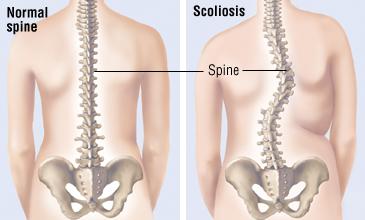
The curvature of the spine can occur at the upper back or thoracic region (thoracic scoliosis) or lower back or lumber region (lumbar scoliosis).
The cause of scoliosis may be hereditary or idiopathic. The term idiopathic imply that the cause is unknown.
Please read on skeletal materials here.
A person who has kyphosis is often considered to have a hunchback.
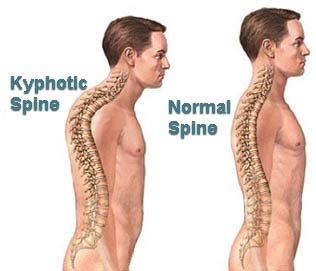
In kyphosis, there is an outward slope or curvature on the upper region of the backbone (that is; the posterior thoracic region of the spine). This consequently brings about a conspicuous rounded upper back with a forward leaning shoulders.
Hunchback is more common in aged people although younger people can also have it.
You can read on the bones of the human skeleton here.
Also called saddle back or swayback, lordosis is a result of an inward curvature of the backbone in its upper cervical region (around the neck) and lower lumbar region.
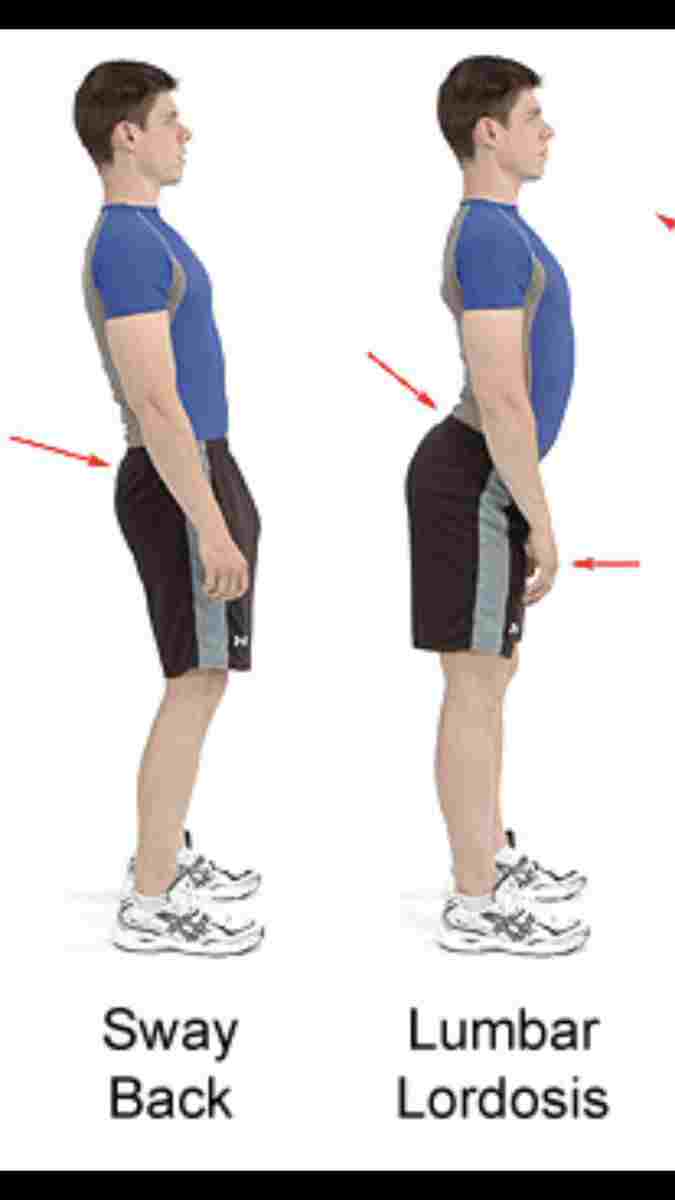
Unlike kyphosis which appears in the upper back thoracic region, lordosis occurs in the lower back or lumbar region, and may result in a more conspicuous buttocks if the inward spine curvature at the lower back is excessive.
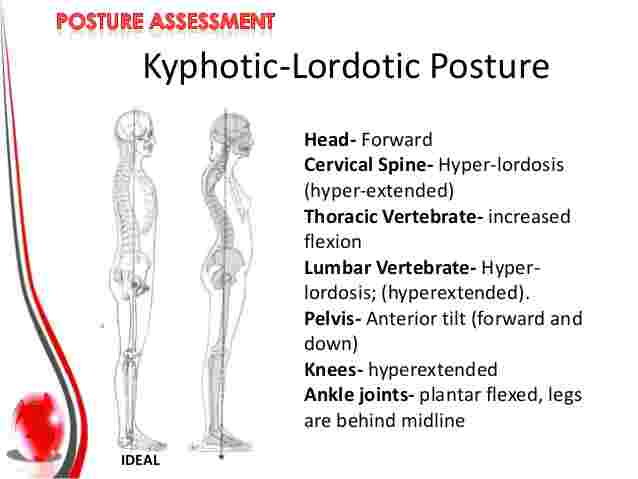
As the name imply, it is a combination of both kyphosis and lordosis. It presents a curvature in the spine at the posterior upper and lower region of the back.
Please read on the type of bones here.
A person with kyphoscoliosis will have both kyphosis and scoliosis simultaneously. The spine will therefore have an abnormal curve on two planes.
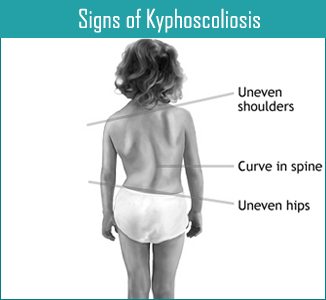
The spine curvature in kyphoscoliosis is typically seen side by side and anterior-posteriorly (that is, front and back).
Kindly share this article via the links below:

Please click here to contact Alfred if you require any of the following services:
If you need a standard website at an affordable price.
Online training on the academic subjects: biology, chemistry and basic science.
If you require an advanced smart school management system (web application) for your school.
Click here to read on Len Academy Smart School Software.
Please click here to follow Len Academy on Google News.
Amazing facts in PHE
Boxing is a lucrative game. It is the only sport whereby neither the spectators nor the participants know the score through out the entire game.

The holes or curved indents in a gulf ball are called dimples. A gulf ball has a total of 366 dimples.
The dimples on the gulf ball allows a thin layer of air to cling on the ball's surface; as a result, reducing drag and allowing the ball to travel a longer distance
Notable points in PHE